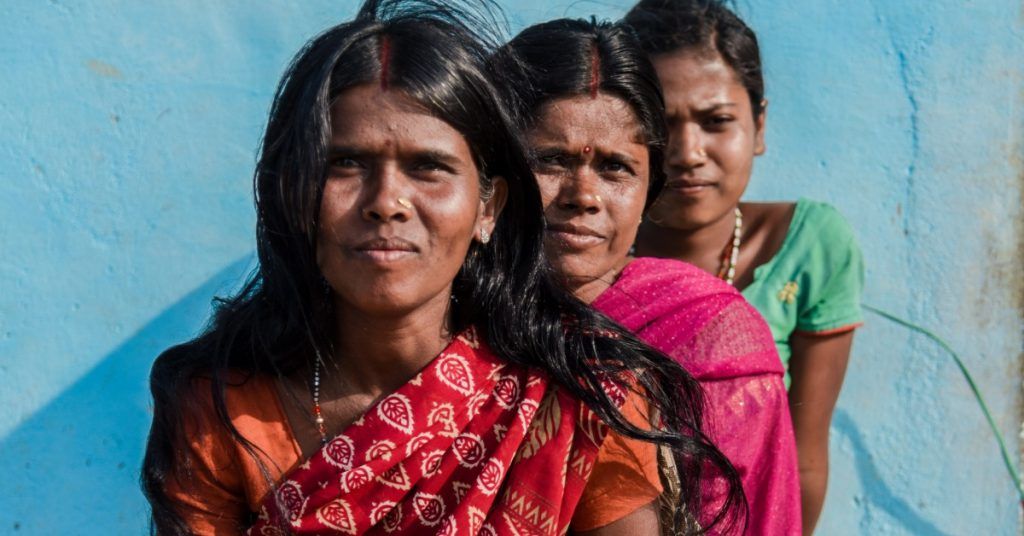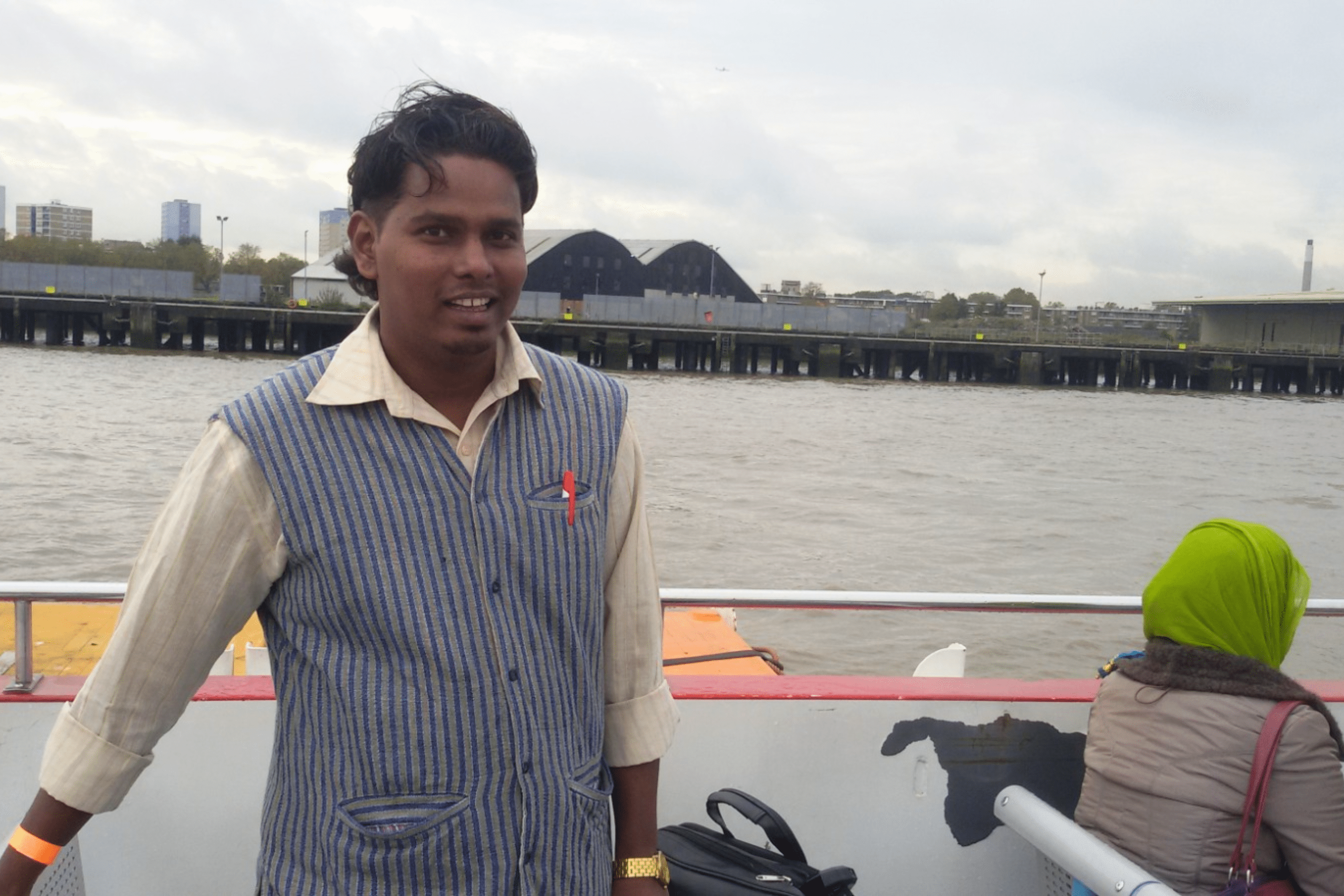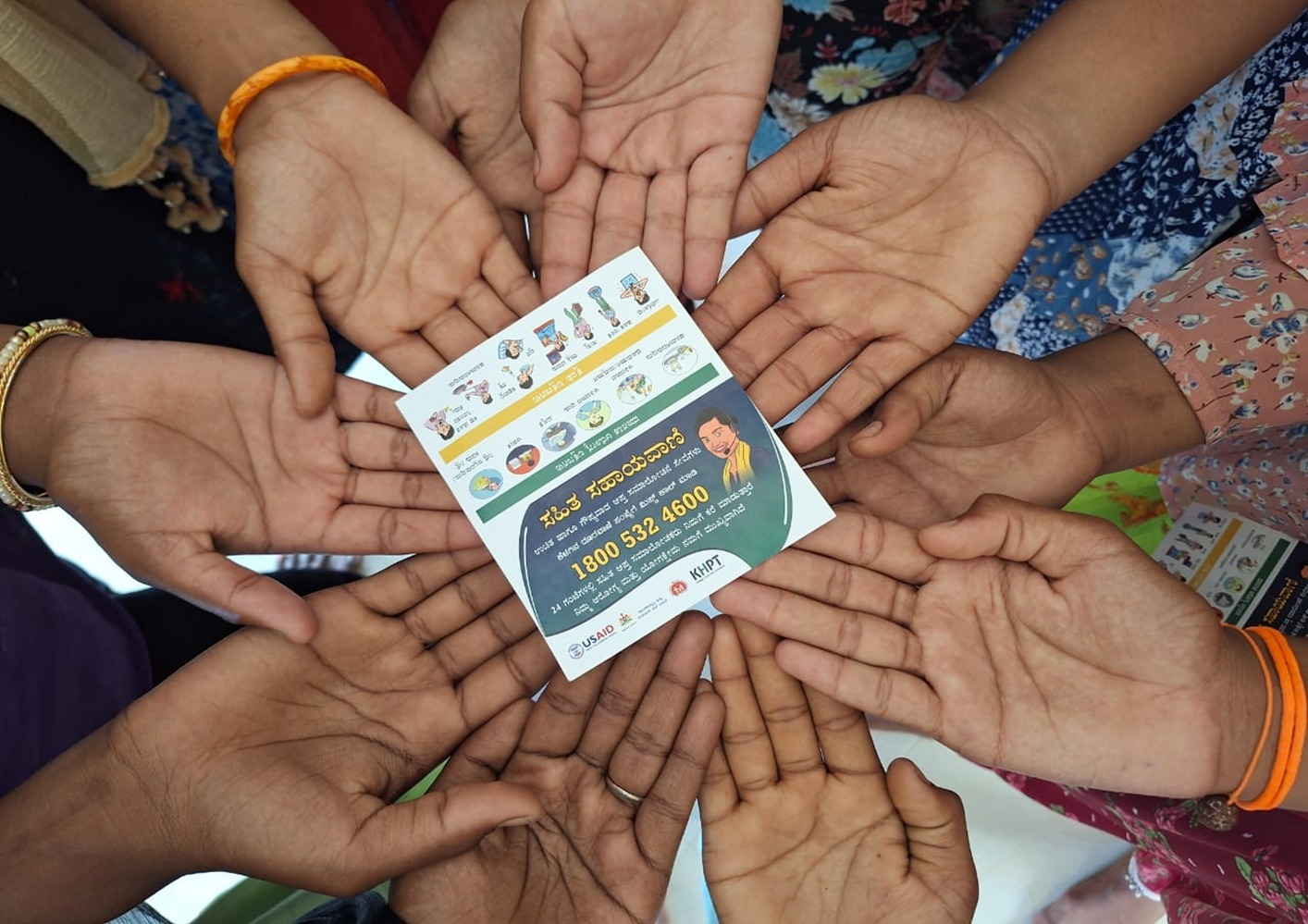
Nari Shakti is a commonly used phrase for women’s empowerment in India. Sadly, most of the time it just remains a phrase, yet, its effectual translation from the theoretical to action is still lacking, especially when it comes to access to quality healthcare and resources because of still prevalent gender inequality and inequity. Growing up as a woman in India, gender bias is something that you learn to live with.
We often read about women making great inroads in the previously male-dominated world, but the examples are far and few. If you are a woman reading this, then the incidences of gender bias are probably a part of your daily life and you can recall them easily. Women in India face heavy gender biases everywhere, including in healthcare. The current public healthcare system does not fully cater to cope up with the dearth of women-specific healthcare resources available in India.1 Severe anaemia accounts for 20% of all maternal deaths in India. Women are more likely to experience disadvantages in their lives, especially with quality healthcare for example in a recent study twice as many hospital visits were made by men and boys as were made by women and girls in the younger age groups, with sex ratios of 1.93 and 2.01 for 0-18-year-olds and 19-30-year-olds, respectively. The ratio fell to 1.43 and 1.4 for those aged 31-44 and 45-59, respectively, but rose again to 1.75 for those aged 60 and above.
The experts found only 37% of women got access to health care, as compared to 67% of men.2 These figures are especially disheartening when it is a widely recognized and accepted fact that women are the key to maintaining healthy families. Having survived foeticide, a girl child is groomed to take on the role of caregiver, and nurturer with ease but they become vulnerable to long-term healthcare issues in their life cycle. There are 1 million ASHA workers who have been deployed as the first line of defence in all villages in India.3 And this is just one of the roles that women undertake; they are also the front liners in various professions such as teaching, nursing care, caregivers for the elderly and disabled. Yet a very few percentages of girls and women living in rural and semi-urban areas get access to quality holistic education. Women live longer and non-communicable diseases such as diabetes, heart issues, cardiovascular disease, stroke, kidney disease, respiratory diseases among women are on the rise and are becoming the major cause of morbidity and mortality.4
The glaring gap in access to basic and advanced healthcare facilities is very clear because we have only recently recognized the accessibility and affordability of health care services as a challenge in the 21st century.5 We can attribute this to various indicators such as geography, socioeconomic standing, and cultural influences including but not limited to:
- Gender blind policies 6 like the Integrated Rural Development Programme and the Watershed Development Programme do not consider the specific needs of women and the constraints that society imposes on them.7
- Women are often sent to cheaper traditional doctors rather than qualified medical providers and are more often than not forbidden from stepping out of the house alone and see a doctor.
- Many women cannot access health care because of the non-availability of a ‘female medical practitioner’.
- Women earn low wages than men and do not have the freedom to travel alone and therefore cannot reap the rewards of various health care schemes.
- Lack of public transportation and lack of means to fund their own private transportation.
- Regular health checks for women in India are largely limited to the pregnancy period and do not extend to the post-childbearing years.
- Unmet needs of family planning practices betray the efforts of providing quality health care services.
- Gender-based discrimination along with other social diseases such as early marriage, taboo, premarital sex, dowry system results in abuse and mistreatment of women leading to long-term effects on the overall health, which goes unrecognized.
Many women-centric health care programs in India are still in their nascent stages and require rigorous testing for their effectiveness. A women’s health affects the entire household economy and stability and often leads to the disintegration of the family structure and therefore it is a matter of concern that needs immediate attention and corrective steps.
A concentrated effort to utilize this ‘human capital’ of women by educating them and developing concentrated skin enhancement programs will be the first step to the development process. Enabling women to be in charge and play important roles in the economic and general wellbeing of the entire family enforces gender equality and ensures a healthy environment of economic development. Economic stability will go a long way in ensuring that women get a sense of independence and take a step towards the practice of prevention and care-seeking behaviour.8
Reference List:
- https://www.statista.com/statistics/1117473/india-health-risk-assessment-by-gender/
- https://www.dw.com/en/access-to-health-care-a-distant-dream-for-most-indian-women/a-50108512
- https://reliefweb.int/report/india/million-women-working-india-s-covid-19-frontlines.%20http:/medcraveonline.com/MOJPB/MOJPB-05-00162.pdf
- https://www.downtoearth.org.in/blog/health/india-s-burden-of-heart-diseases-study-says-elderly-women-more-at-risk-74993
- https://www.who.int/nmh/publications/ncd_report_full_en.pdf
- https://wcd.nic.in/sites/default/files/Vol%203.compressed.pdf
- http://www.egyankosh.ac.in/bitstream/123456789/6881/3/Unit-6.pdf
- https://voxdev.org/topic/health-education/women-s-empowerment-and-development-family-connection


